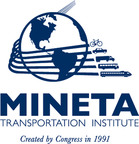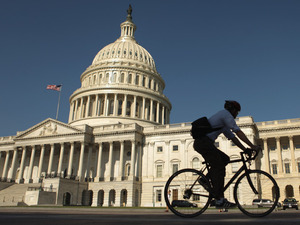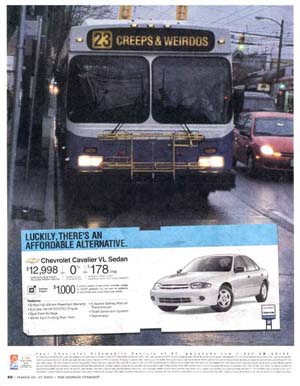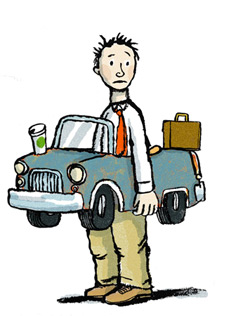
I, like many transportation consultants, spend a great deal of time trying to convince people that it is in their best interest, and that of their community, to charge for parking. Paid parking encourages all types of positive behavior including employees staying out of customer spaces, the use of alternative transportation, and the funding of needed infrastructure.
In a recent issue of Atlantic Cities, Emily Badger interviews Jeff Tumlin, a transportation consultant, about what it takes to sell paid parking. “Somebody who’s screaming about ‘parking needs to be free!’ I can sit down with them for 20 minutes and get them to understand,” he says. “But it takes a full 20 minutes. And in a world where everything has to be distilled into 15-second sound bites, it’s really hard to convince people on a large scale.”
Jeff goes on to say that new technology and services are making it easier to charge for parking. "The advent of pay-by-credit card technology allows cities to raise the price of parking to where enough people are turned away onto alternate forms of transportation, without upsetting the people who are now paying more. That’s the trick of credit cards (and a lesson plenty of other businesses have long understood): People don’t mind paying more for something when they don’t actually have to hand over that difference in cash (or coins)." I have often said that if you take something (i.e money to park) you have to give something (i.e. new ways to pay, better level of service).
But, one of the hardest arguments to overcome is the question as to wether or not paid parking charges are a burden on the poor? Well Jeff goes onto explain that,"The poorest people, he’s found, aren’t looking for parking because they don’t own cars. But among the rest of this demographic, he says surveys show that poor people also place an extremely high value on their time. They too often say they’re willing to pay a little more for parking if it means they don’t have to waste time looking for it."
Read the full story
here.




 An article in "
An article in "











 Congratulations to Zipcar on its successful IPO. Zipcar, Inc. (NASDAQ: ZIP), the "wheels when you want them" company with which Lanier partnered to bring to Atlanta in 2007, raised over $174 million in its initial offering, 31 percent more than they sought.
Congratulations to Zipcar on its successful IPO. Zipcar, Inc. (NASDAQ: ZIP), the "wheels when you want them" company with which Lanier partnered to bring to Atlanta in 2007, raised over $174 million in its initial offering, 31 percent more than they sought.




